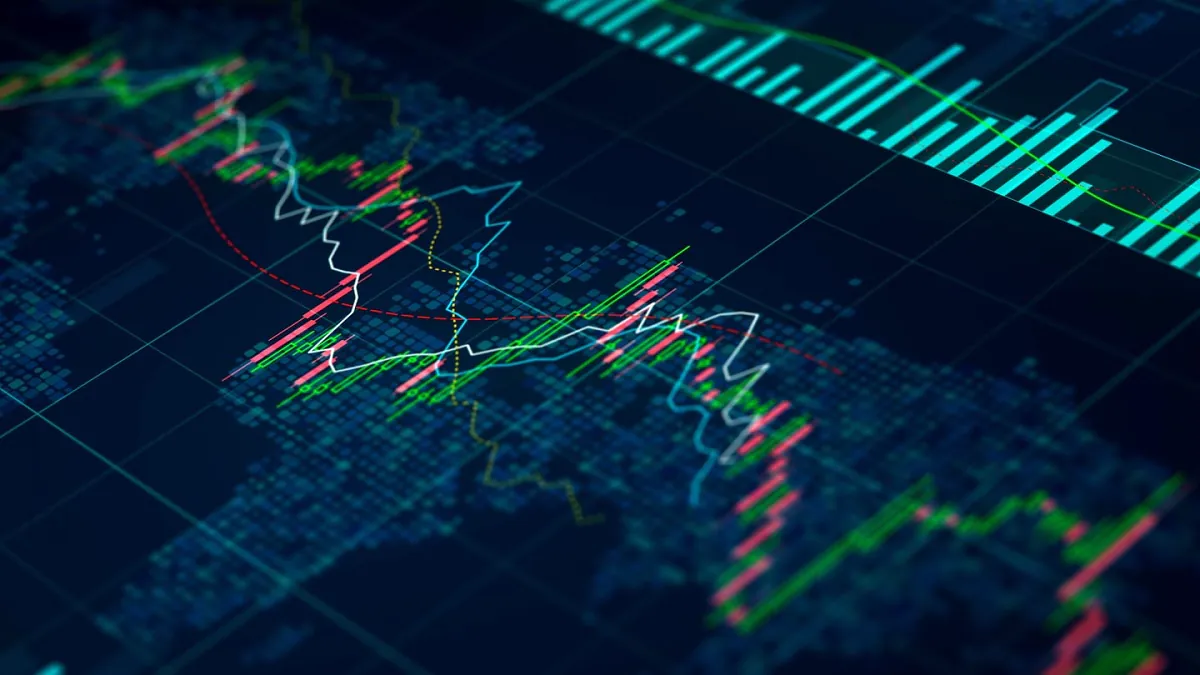
There will be no doomsday. There will be no singularity. However, there might be a slow and steady progression of artificial intelligence (AI) through the next few decades. AI relies on similar techniques that human brains use to solve complex problems. As AI continues to entrench itself in our lives, it’s evolution as a digital organism also continues to evolve. Automated software that relies on the principles of AI gets used in the financially complex world of trading, often helping traders to make more sound decisions. Whether it’s commodities, CFD’s (contracts for differences) or indices, automated software can truly be beneficial, often removing the human elements that can hamper a trader’s ability to make better decisions, namely emotions. Indices or index markets are one of the most pivotal aspects of the financial markets as they can be used to surmise the state of a country’s economy.
Before we delve further into the impact of technology on indices and/or index markets, it’s important to first get a firm grasp on what exactly indices are. The financial world is full of terms and jargon that can be hard to decipher. One such term is index. An index is a collection of stocks (and sometimes other securities, like bonds) that tracks the performance of a group or market. Sometimes an index will include only one type of security; other times it will include many types. When you invest in the stock market, you have a choice between stocks and indices. Simply put, stock is a share of ownership in a company or corporation, while an index represents a collection of different stocks that are grouped together under one umbrella.
Indices include large populations of companies from around the world and can even cover entire markets, such as those for countries or regions. AI and its associated applications have resulted in tech making indices trading easy. Or to be more specific, easier. At the end of the day, trading in indices remains a risky endeavour that can result in losses. The good news is that having a trading bot or automated trading assistance can help one to mitigate potential losses.
Like any type of technology that can be wielded, there will always be potential drawbacks. Automated trading software falls under the banner of high frequency computer-based trading (HFT), a form of trading that has grown so exponentially, that it now accounts for roughly 30% of equity trading in the UK and 60% in the US. In many ways, it makes sense; as already noted, bots and AI-integrated programs mean that traders can make more informed choices. HFT is causing fundamental shifts in market structures all around the world, which in turn is affecting the financial outcomes of many market participants. However, it’s also drawing a fair amount of criticism by those who question the constant rise of algorithmic trading, going so far as to question the extent of the value it brings to the market and whether it might be putting a drag on market efficiency.
In fact, those that question the proliferation of automated software also suspect it might be playing a role in causing instabilities in specific markets – something that should be of concern to all financial markets. As the flow of globalisation continues to increase, so can the potential pitfalls of HFT. Finally, it’s also been suggested that high frequency trading could also have negative implications with regards to market abuse. As a result, it’s attracted the attention of regulators and policy makers around the world. Hopefully the resolutions that follow will be positive.
Leave a Reply